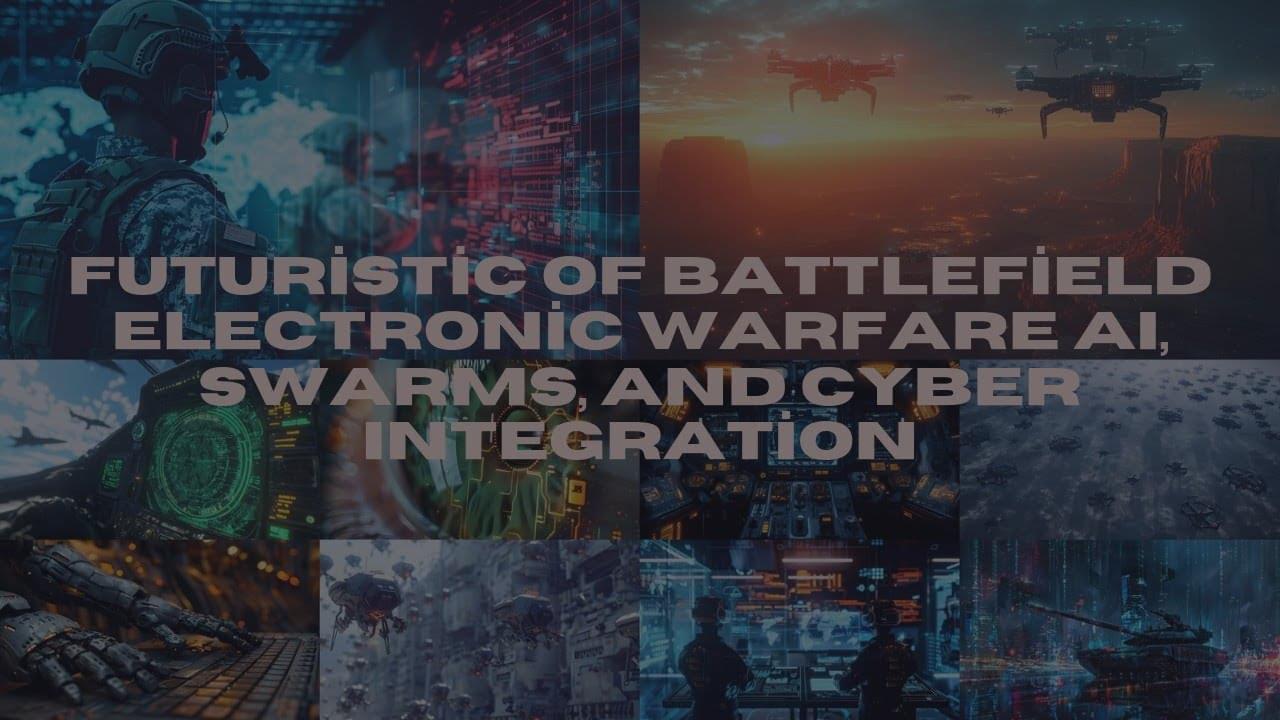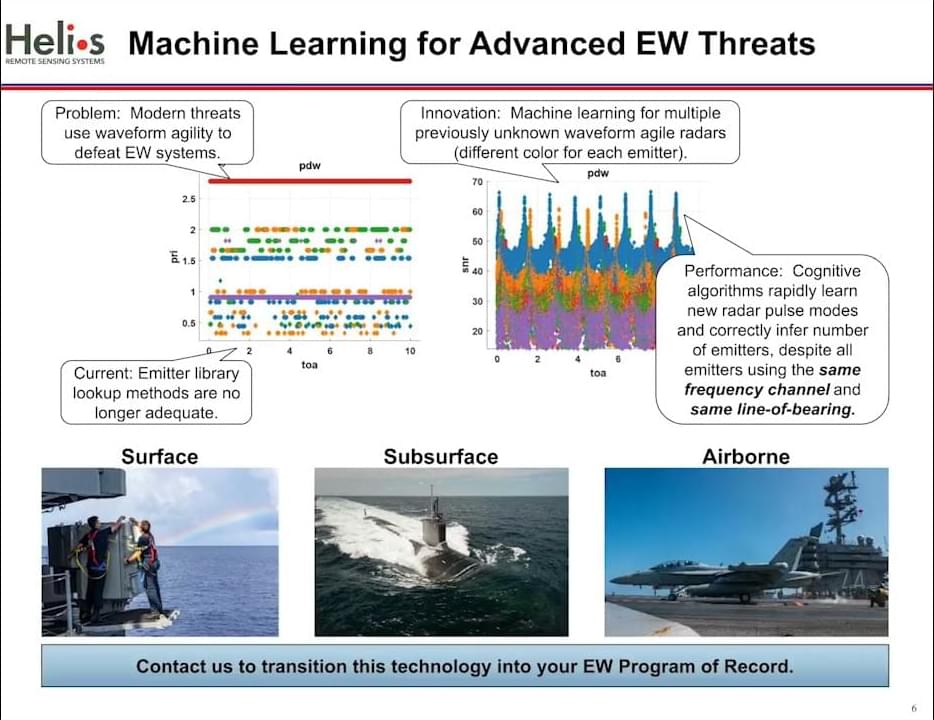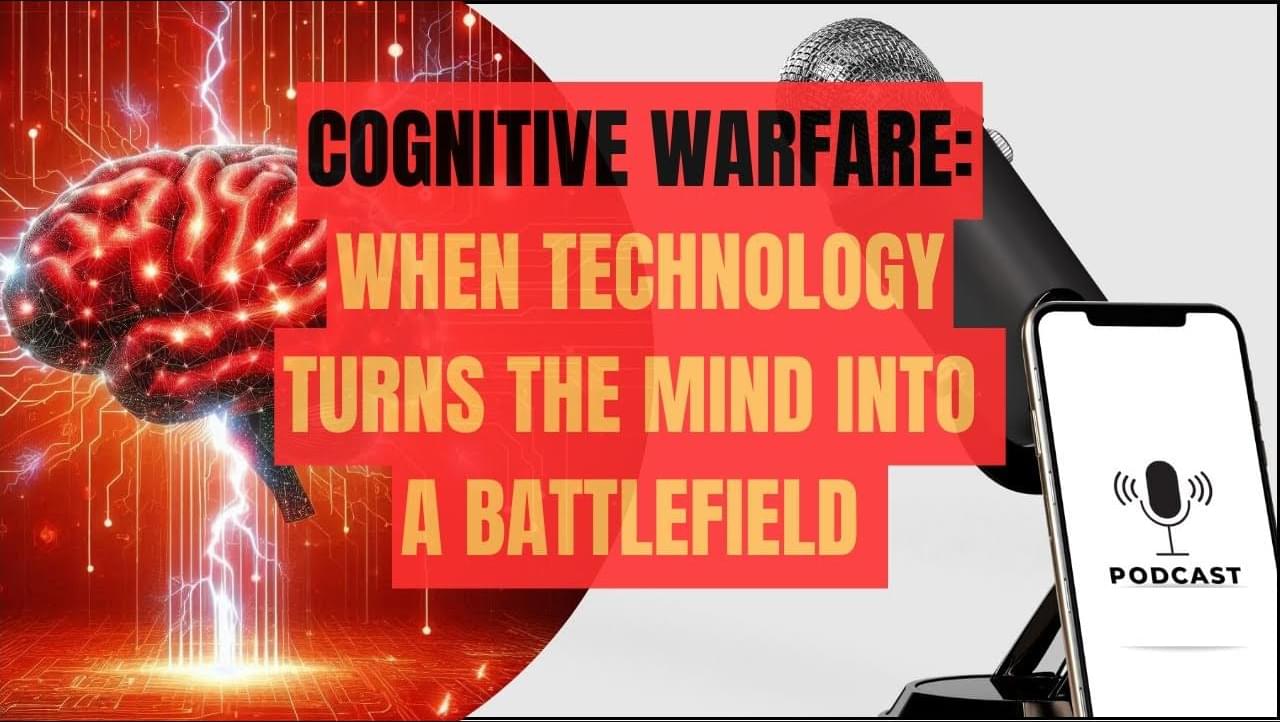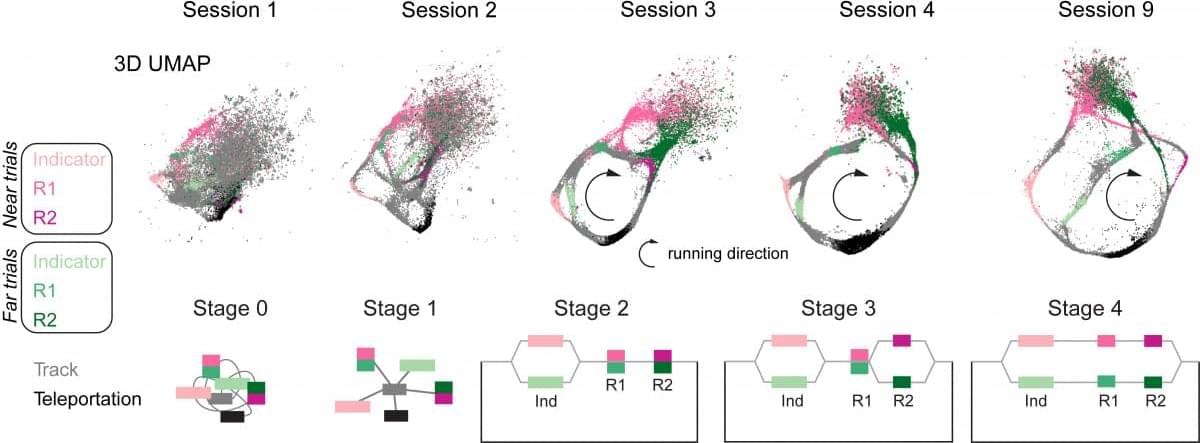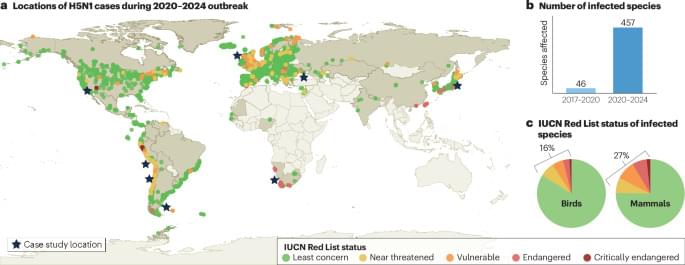In this video, we delve into The Future of Electronic Warfare, exploring how advancements in AI, drone swarms, and cyber integration are reshaping military strategies. Historically, electronic warfare (EW) began with basic communication interception in World War I and evolved through World War II with techniques like radar jamming. Today, we stand at the brink of a new era where technology significantly enhances operational capabilities.
The Evolution of Drone Swarms.
Recent developments have seen the emergence of AI-powered drone swarms, which offer unprecedented adaptability and efficiency on the battlefield. For instance, Thales’s COHESION demonstrator showcases how these swarms can operate autonomously, reducing the cognitive load on human operators while maintaining control during critical mission phases. Unlike traditional systems that require one operator per drone, these advanced systems leverage AI to allow multiple drones to work collaboratively, enhancing surveillance and attack capabilities across vast terrains.
Key features of ai-powered drone swarms.
